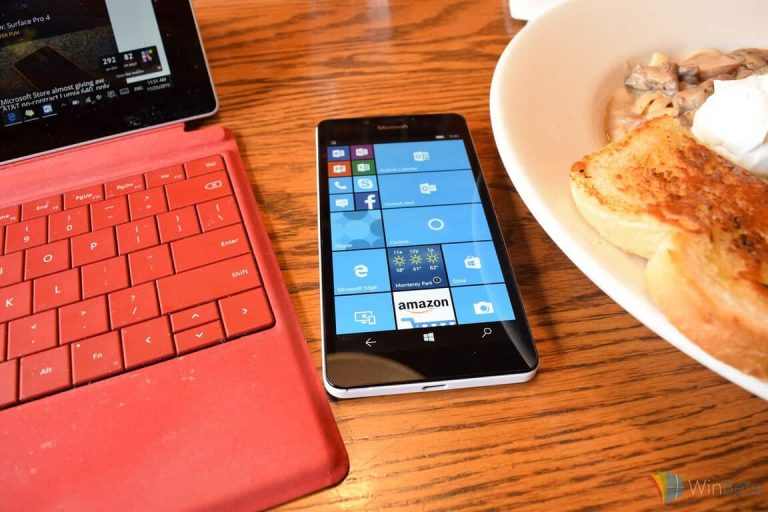Scenic landscapes. Lush botanic gardens. Expansive hiking trails. Artistic examinations of homeless people crying out at a world full of injustice. These are the laundry list of pictures I’d think typical prosumer photographers would be inclined to experiment with once they get their hands on the Lumia 950’s camera.
I sat down and took pictures of my food at Marie Callender’s. I tend to prefer going all manual when taking pictures, especially with my Nikon D3300 DSLR, but when I stumbled upon this in Microsoft’s Windows blog:
The camera as a mind reader
When we started to design the camera on the Lumia 950 and Lumia 950 XL, one of our most important objectives was that everybody should be able to take good photos in all conditions. The camera has some very advanced technologies to achieve this.
Of course, more advanced photographers know how to manually adjust the ISO and exposure time for different situations. Lumia 950 and Lumia 950 XL are making those decisions for you, by analyzing how you hold the camera and what is happening in the scene. With these phones, everybody can shoot like a pro.
I figured this would be an excellent opportunity to let Microsoft’s software and hardware engineering prowess speak on its own behalf. The lighting environment is in typical premium family diner, with very modest ambient lighting.
I took this opportunity to request a window table, so I could perhaps get better lighting. The external light wasn’t particularly strong, but it helped a bit.
The above were my two main lighting sources.
Here’s a photo of my beef stroganoff with flash on auto (it didn’t flash), and everything else on auto.
Here’s a comparison photo with my Lumia 1520 with flash on auto (it didn’t flash either), same shot.
Here’s the Lumia 950 with flash on:
Lumia 1520 with flash on
Here’s the German Chocolate slice of pie using Lumia 950 flash auto (didn’t flash):
Lumia 1520 with flash auto (no flash either):
Lumia 950 flash on:
Lumia 1520 with flash on
While it’s easy to see that the Lumia 950’s own mix of processing and hardware produces much sharper and more vibrant results, I don’t understand how it works well enough yet to really make a comment on if the Lumia 950’s imaging is that far ahead of the 1520’s. It’s also important to note that while the Lumia 950 was running Windows Mobile 10 build 10586, the Lumia 1520 was running Windows Phone 8.1 with Denim, so the different OS versions may have made a difference. Both were done using the default camera app.
Taking pictures with the Lumia 950 is blindingly fast, as demonstrated in our hands-on. What isn’t blazing fast is the added processing that needs to be done before the photo can be used. It takes on average about 6 seconds before I can start manipulating the photo in the photo app normally. While annoying, it doesn’t really inhibit use of the camera, as while it’s processing you can still preview the image. Interestingly, the photo usually changes a bit after processing, with more vibrancy added after the software is done working its magic.
Ultimately, I had a pleasant lunch and got my first chance to really play with the Lumia 950’s camera and am fairly pleased with the results. But I can’t shake the feeling that I’ve barely scratched the surface of what the Lumia 950’s camera can provide, given my limited familiarity with it thus far. Look forward to more camera insights in the coming weeks.












